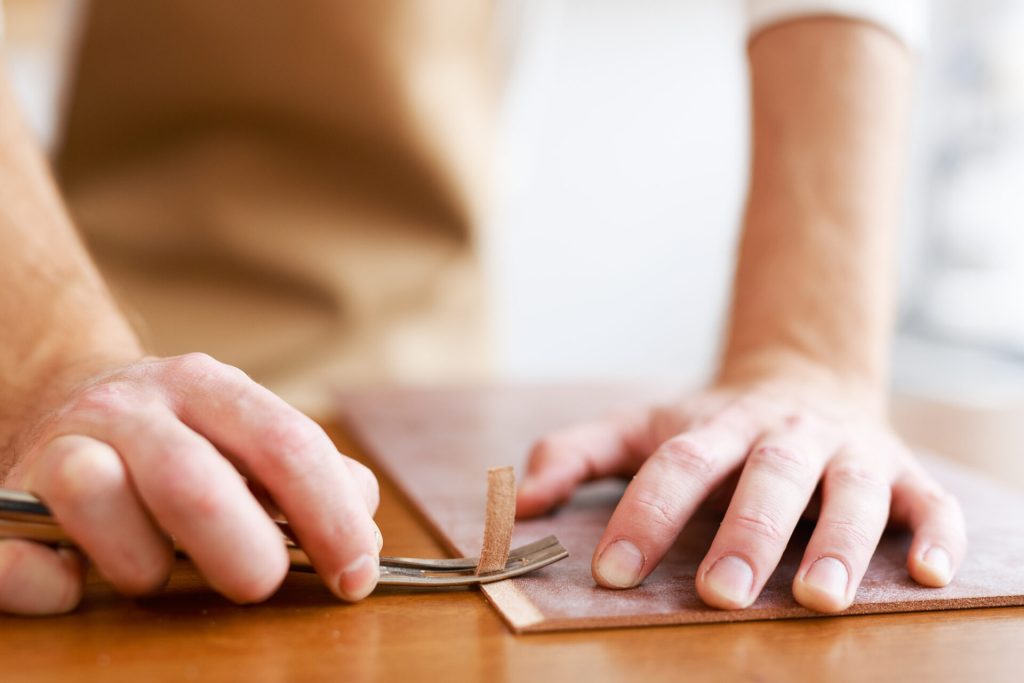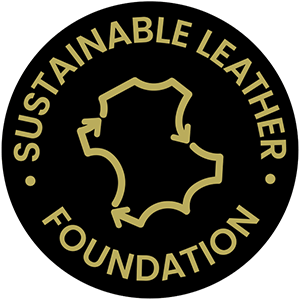Making Leather - An Overview Of Manufacture
In association with IULTCS, SLTC and UNIDO, leather industry expert Richard Daniels has released an extensive guide to leather manufacturing which is entirely free to access.
The ten part guide provides expert insight into leathermaking and was created to give aspiring leather technicians a self training resource for the procedures used in making a wide variety of leathers.
The course materials are compatible to be viewed in desktop, mobile and tablet formats and covers the raw material properties, manufacturing procedures and outcomes, and production of major leather types including:
- Bovine Hides
- Hair Sheep and Goatskins
- Wool-bearing Sheepskins
In association with IULTCS, SLTC and UNIDO, leather industry expert Richard Daniels has released an extensive guide to leather manufacturing which is entirely free to access.
The ten part guide provides expert insight into leathermaking and was created to give aspiring leather technicians a self training resource for the procedures used in making a wide variety of leathers.
The course materials are compatible to be viewed in desktop, mobile and tablet formats and covers the raw material properties, manufacturing procedures and outcomes, and production of major leather types including:
- Bovine Hides
- Hair Sheep and Goatskins
- Wool-bearing Sheepskins
Course Modules
Course Modules
More About Richard Daniels
More About Richard Daniels
Richard Daniels entered the leather industry as a chemist, and then moved on to become a tanner. During the first half of his career he was directly responsible for all technical aspects of the production and manufacture for a full range of shoe upper leathers, in addition to being involved with special projects with a group of five tanneries. This tannery work mainly focused on implementing or improving recycling, effluent treatment, energy management and process rationalisation systems.
Richard was also responsible for the establishment of the first accredited quality control system in the leather industry – BS 5750 (ISO 9000)
Following this, Richard worked as a technical consultant with a number of private companies, governments and international organisations around the world.
This work encompassed hide and skin improvement, techno-economic studies, tannery rationalisations and surveys, counterpart training and environmental projects.
Richard has also worked as the technical editor of World Leather magazine, contributed to the development of reed-bed technology for tannery effluent treatment, created a series of text books, distanced learning modules, and worked within Universities lecturing on leather science and environmental management systems.
Currently Richard has been working on the development of a self-learning study for Technologists which will follow “Leather: an introduction” and “Making leather: An overview of manufacture”, the resources linked below, entitled “Making leather: the technology of manufacture”.
Richard Daniels entered the leather industry as a chemist, and then moved on to become a tanner. During the first half of his career he was directly responsible for all technical aspects of the production and manufacture for a full range of shoe upper leathers, in addition to being involved with special projects with a group of five tanneries. This tannery work mainly focused on implementing or improving recycling, effluent treatment, energy management and process rationalisation systems.
Richard was also responsible for the establishment of the first accredited quality control system in the leather industry – BS 5750 (ISO 9000)
Following this, Richard worked as a technical consultant with a number of private companies, governments and international organisations around the world.
This work encompassed hide and skin improvement, techno-economic studies, tannery rationalisations and surveys, counterpart training and environmental projects.
Richard has also worked as the technical editor of World Leather magazine, contributed to the development of reed-bed technology for tannery effluent treatment, created a series of text books, distanced learning modules, and worked within Universities lecturing on leather science and environmental management systems.
Currently Richard has been working on the development of a self-learning study for Technologists which will follow “Leather: an introduction” and “Making leather: An overview of manufacture”, the resources linked below, entitled “Making leather: the technology of manufacture”.



To find out more, get in touch and a member of the team will get back to you as soon as possible.
